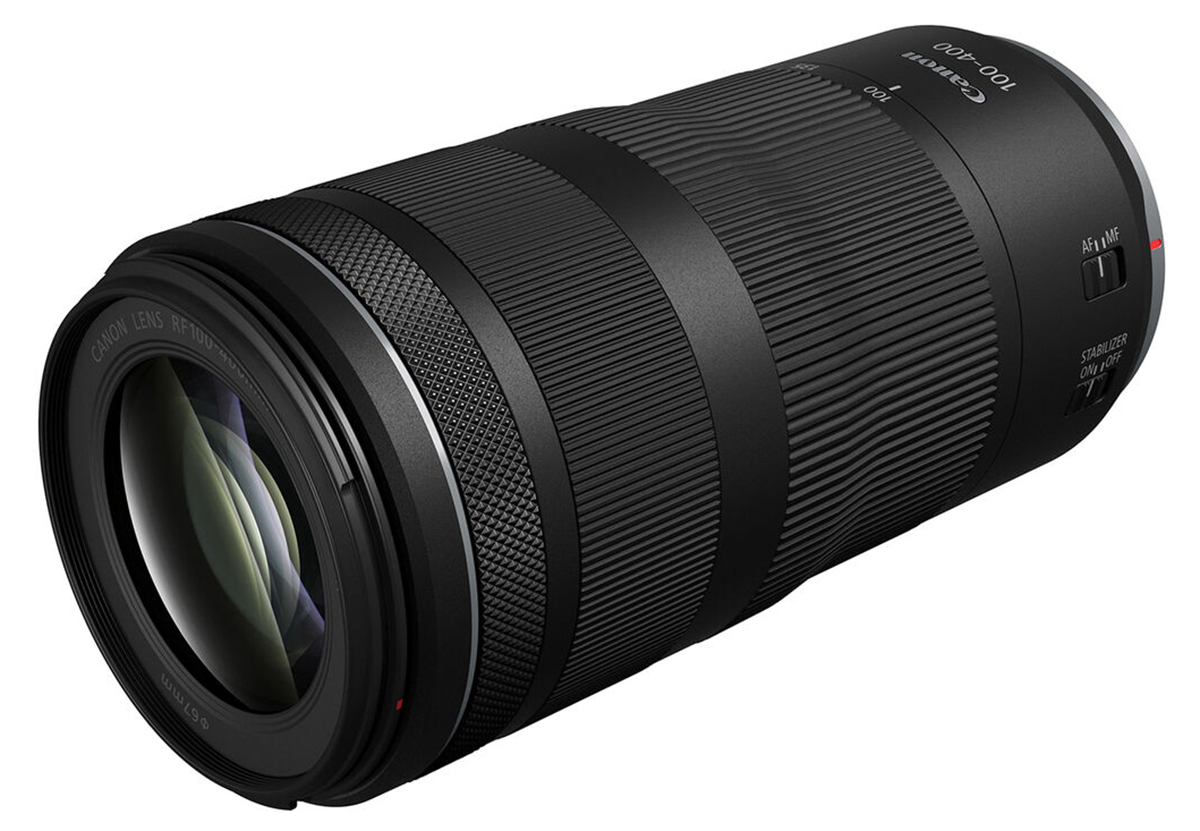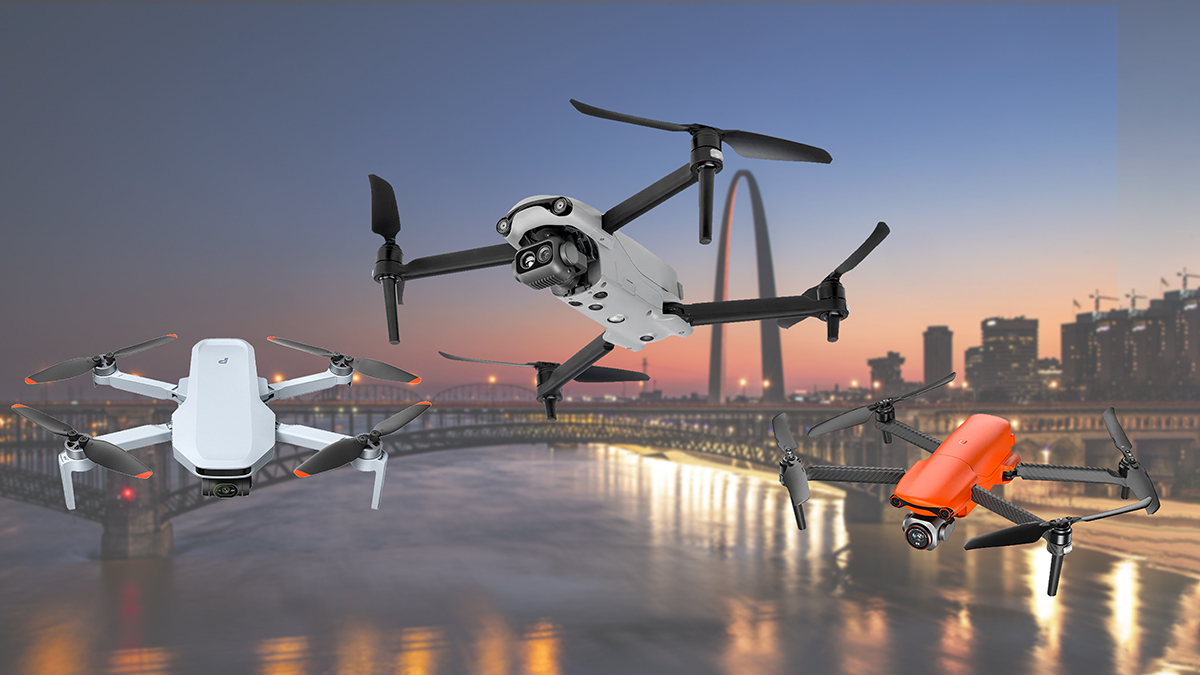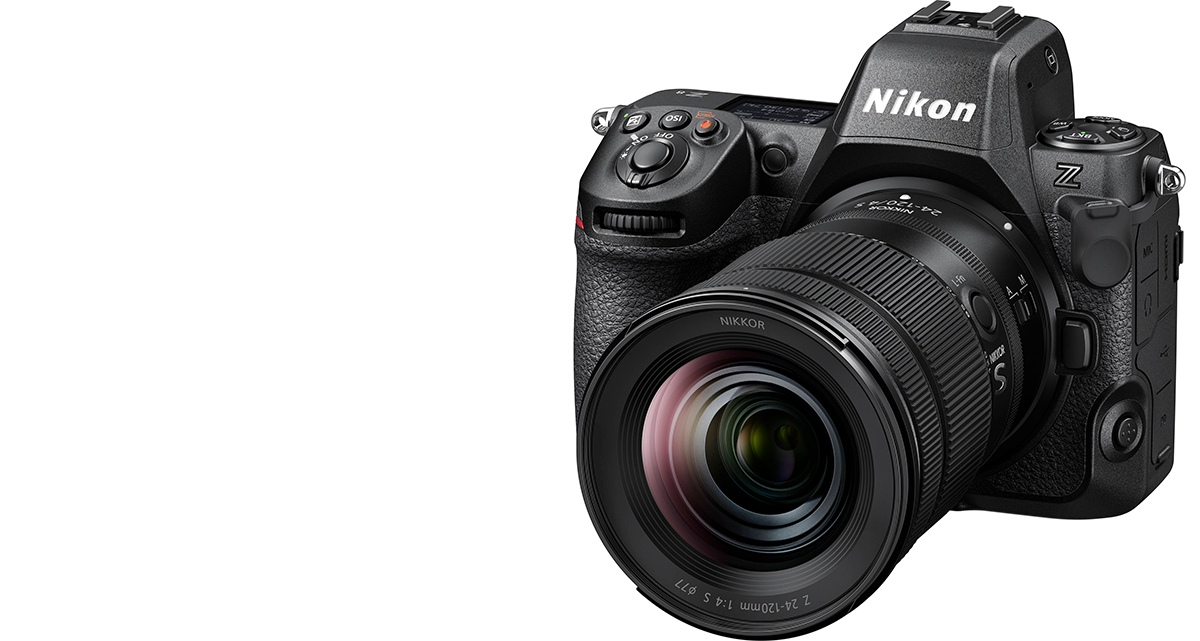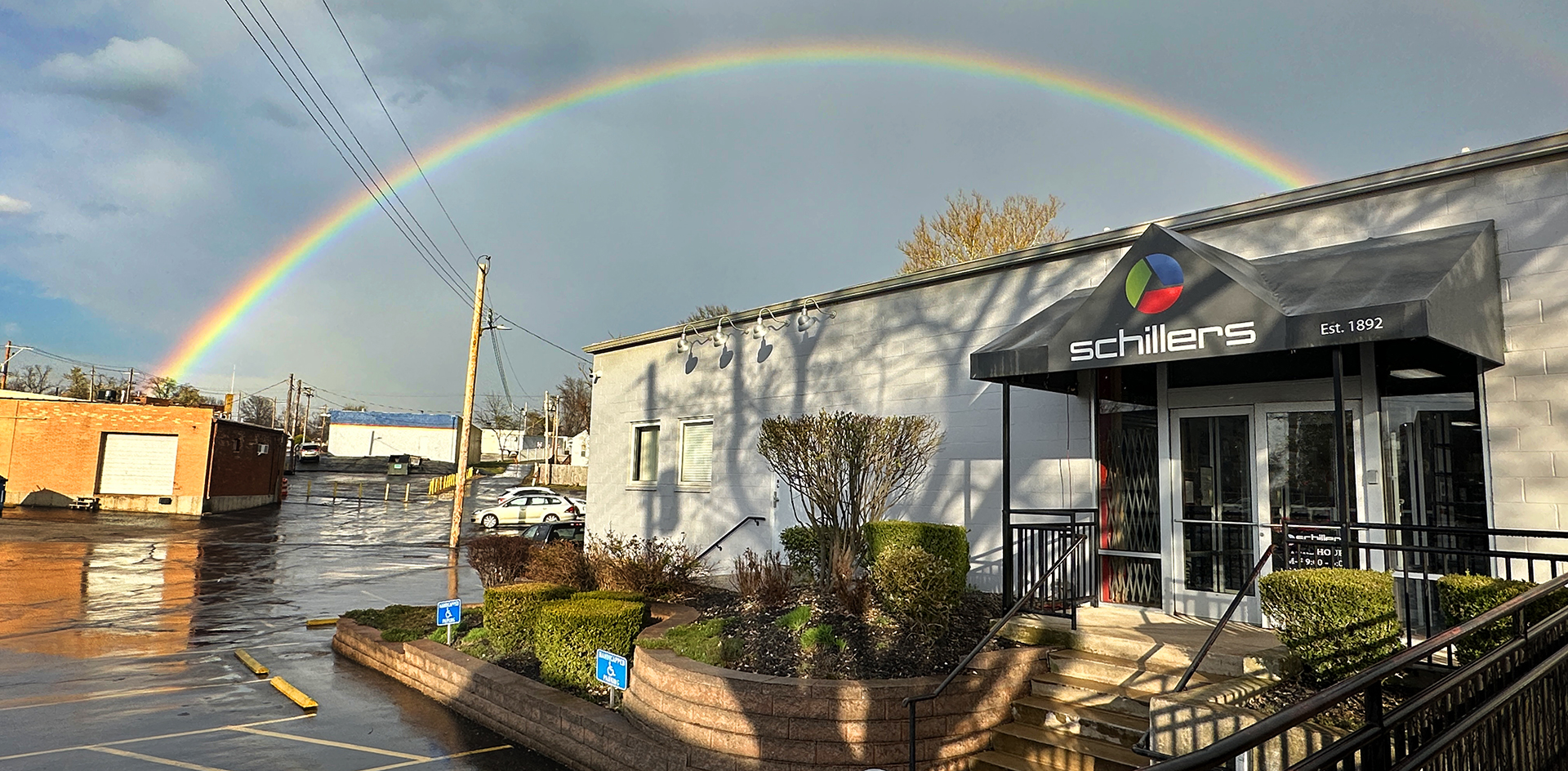Dawn Boyd

My favorite thing is Canon 100-400. I love shooting sports, which means that I need a lens that will reach those players. The combination of my R6 and the Canon 100-400 allows me to be on the sidelines and still reach the kids. I know, everyone says that they need a lens that has that favorite red ring, but let me tell you, the Canon 100-400 Rf lens is sharp at all focal lengths. It is a much affordable lens as well.
Jim Brooks
Many photographers, including me, reach a point in their photography where they become very comfortable shooting in a particular style with familiar subject matter and surroundings. They master this style of shooting and become quite good at it. For me it’s street shooting. Mastering a style is a good thing, but it can also be limiting if it incites a hesitance to try other things. I recently found myself in a situation where if I was going to do any shooting, I was going to have to “leave my comfort zone”. I am happy to say that the experience of shooting something different was a success. While my confidence level was low, all my years of experience helped me to produce some very satisfying images. So, next time you go out shooting, try to pick something different or unusual to take photographs of. The results may pleasantly surprise you.
Frank Deame

One of my favorite products that we sell is HGX filters. We carry Protection,Circular Polarizer (CPL), and Variable Neutral Density. I find that many people don't spend enough of time thinking about filters. It starts with a good protection filter. So many people don't consider the importance of having a filter on their lens to protect it from damage. I've seen too many to mention lenses that got dinged, dropped, banged, or whatever. Customers come into the store with the Boo Boo face asking what we can do for them. Sadly, the only thing we can do is send the lens in for repair, assuming it's not totaled. If they had a good protection filter on their lens, it may have saved it.Unfortunately, the cost of repairs is very high. Often a repair could be 50% or more of the original lens cost. One of the first lessons I learned about filters is that you don't want to put a filter on a lens that is of lesser quality than the lens itself. If you do, you are fixing one problem and creating another. You definitely don't want to dumb down the lens. There is no point in that. At the end of the day, it's all about the optics. I always recommend putting a filter on a lens that is closest to the optical quality of the lens itself. I like the HGX filters for that reason. Not only are they closest to the optical quality of most high-end lenses, they also have a bonus feature called Repellamax. Repellamax is like a combination of scratch resistant clear coat, Teflon and Rain-X. It is extremely easy to clean, scratch resistant, and even repels water, dust, and dirt. The coating is so good that you could even scribble on it with a Sharpie magic marker and it will bead off like rain on a Rain-X coated windshield. Cleaning time is drastically reduced.It's worth the cost for me just for that. I understand that no one wants to spend more than they have to on a filter. You can certainly spend a lot more on filters but that is unnecessary. HGX filters are priced very fairly for the level of coatings, the German Schott glass, baked in coatings and quality ofthe filter ring. You are at the point of diminishing returns to get something better. It would cost a lot more money for a very small improvement. The difference in cost to the next lesser quality is minimal ($10 to $30) depending on the size. Over the life of the lens and filter, the increased cost is minimal.
If you choose to purchase a HGX filter, I'm sure you won't be disappointed.
Tim Farmer

Right now, it is an exciting time for video shooter. In the past we had Sony as an affordable video option, then canon added the feature which was pretty good.Canon has come out with the R50V which is a great, small video option for location very similar to the Sony ZV-1 but with horizontal and vertical shooting setups. Now Canon is coming out with the C50 which competes directly with the Sony FX3a and Nikon has the new ZR coming out which has great audio and half the price of the C50 and FX3a which are both reasonable professional quality Cine cameras. Then on the low down and dirty we have the DJI Osmo Pocket 3 which is a great walk and talk rig, the Canon Powershot V10 and DJI Osmo Action 4. All these cameras are great for content creators and the C50, ZR, and FX3a are great options for one person operations to small production companies. We have a whole blog dedicated to vlogging cameras, check it out here.
Paul McAllister

We recently brought in a little flash, the iT30 Pro made by Godox. I was immediately intrigued as it seemed to fill a gap in my lighting setup.
As a Canon R6 and R5 (original versions) I avoid using any on camera flash. The original versions of these cameras have a known issue of having a weak hot shoe. As such I avoid putting heavy speedlights in the shoe.Additionally, I’m generally not a fan of the light on camera flash produces although it is currently a popular look.
The little iT30 is small and light and therefore does not tax the hot shoe while providing a bit of fill flash when desired. It, like other Godox units, has a built in transmitter allowing control of my off camera lights. It’s great for a quick candid shot where my off camera lights might not provide the lighting pattern I desire. It’s tiny footprint also makes it a great little off camera light when you’re trying to tuck a light into a small space.
But the iT30 really earned a place in my lighting bag after capturing a wedding this past Saturday. This little light is perfect for capturing the shutter drag, rear curtain sync dance floor images that everyone is embracing. It produces the perfect amount of light just kiss the subjects with the ”freeze” burst needed to achieve the look without overpowering,something sometimes difficult to do with larger lights. It’s definitely the perfect tool for the job. Any wedding photographer should consider adding one to their bag.
Jay McCormick

About nine years ago, Olympus introduced the OM-e mirrorless camera. Long before Nikon or Canon. I was skeptical of the new format and performance considering it was half the size of other cameras. I borrowed one for two weeks and shot pictures and was amazed at the quality that I saw. I started showing the camera to customers, they too were amazed at the quality and size and features they have. Olympus makes a wide range of lenses, but the one that caught my eye was a 14 to 150. It is on about 5 inches long but equivalent of 28 too 300 0na Canon or Nikon. So, caring this combination is a breeze and the body and the lenses are weatherproof. The Olympus cameras are very retro appearing. Chrome and black. They’re functions are easy to access due to wheels on the camera rather than always going to the menu look and see how small all their lenses are and how powerful their system is
Matt McFerron

I’m really into the new trend in foo photography that uses hard flash and sharp shadows with bright colors. It creates a bold, snapshot-style look that feels both edgy and authentic. It mimics the vibe of casual smartphone food pic, but with a more thoughtful and polished execution. This style embraces a raw,in-the-moment energy that feels real and approachable. Brands like Taco Bell have tapped into this look to give their visuals a cool, irreverent edge, and it’s popping up more and more in cookbooks too- Molly Baz’s “More Is More” is a great example. Her photos feel immediate and fun, like you’re getting a glimpse into a real kitchen or home rather that a staged set. It’s a shift that makes food feel more alive.
Jake Smith
The rise of point and shoots over the last few years is surprising in many ways,however once you think about it, it makes sense.
About ten years ago is when we first started to see there turn and rise of film. Majority of the people that have been shooting film sense, have been millennials. People that were born from 1981-1996 were no doubtfully documenting their childhoods on film. When film was in the twilight of its existence younger people came in and revitalized film manufacturing after historic lows in 2015. People look back at photos from their childhood,and it reminds them of that feeling of being a kid. The innocence and not having a worry in the world. That is the feeling that film can capture for many people. That is exactly why film has made a comeback and it’s why point and shoots have made a comeback.
Gen Z are now the ones who can’t get enough point and shoots. Cameras like the Canon G7x III and Canon SX740 are constantly back ordered and it’s Gen Z who wants them. It’s because they grew up during the rise of digital cameras and decline of film. Childhood birthday parties or trips to summer camp are the memories that these cameras captured. Now, many young people are wanting to return to that and disconnect from social media or take better photos than their phone can. People love nostalgia, whether it be film or digital, because it reminds them of a simpler time.
Steve Smith

As most of you know, DJI is under intense scrutiny over their labor practices and national security concerns, making their products increasingly hard to come by.
Below, you’ll find a short overview of what every drone operator should know, along with details about the current DJI situation—and some excellent alternatives we proudly carry at Schiller’s.
The DJI Dilemma
For years, DJI has dominated the drone market. Their model shave been the go-to for both hobbyists and professionals thanks to their reliability, ease of use, and cutting-edge technology. However, recent concern shave cast a shadow over the brand.
The U.S. government has raised questions about DJI’s labor practices and data security, leading to restrictions on certain models and growing hesitation among retailers and government agencies. As are sult, DJI drones have become increasingly difficult to source, and their future availability in the U.S. market remains uncertain.
For drone enthusiasts and professionals alike, this has created a big question: What now?
Enter the Alternatives: Autel and Potensic
The good news? Innovation doesn’t stop with DJI. Two standout brands—Autel and Potensic—are stepping up to deliver exceptional quality and performance across a range of price points.
Autel Robotics
Autel has quickly earned a reputation for building drones that rival (and in some ways surpass) DJI models. And while Autel is on the same list as DJI, they are readily available. Their EVO Lite+ and EVOMax 4T are prime examples—offering advanced imaging, long flight times,and powerful transmission systems.
Professionals especially love the EVO 640T Enterprise,which adds thermal imaging capabilities perfect for roof inspections, law enforcement, and search-and-rescue operations. With Autel, you get premium build quality, incredible camera performance, and—most importantly—no restrictions on use or supply.
Potensic
If you’re newer to drones or looking for a reliable,budget-friendly option, Potensic is a name to know. Their compact models, such as the Atom SE and Atom 2, offer stabilized 4K video, GPS-assisted flight, and intuitive controls, making them ideal for hobbyists, students,and anyone ready to explore aerial photography without breaking the bank.
Potensic drones deliver outstanding value and performance in a lightweight, easy-to-fly package—perfect for capturing those sweeping St.Louis skylines or weekend adventures.
Find Your Perfect Drone at Schiller’s
At Schiller’s Camera, we’re proud to offer a range of Autel and Potensic drones to meet every need—from real estate professionals to creative explorers. Whether you’re upgrading your gear or just starting out,our team can help you choose the right model and get you flying with confidence.
Sven White

If you're looking for a truly exceptional camera, the Nikon Z8 stands out as arguably the best all-around choice on the market today. It boasts a full-frame45.7 megapixel stacked CMOS sensor (the same one used in Nikon's flagship Z9)delivering superb image quality and dynamic range. It offers blisteringly fast performance for stills - up to 20 fps in RAW and 30 fps in JPEG - alongside ultra-capable video specs such as full-frame 8k/60p and 4k/120p recording. The autofocus system is top-tier, with deep-learning subject detection (including animals, humans, vehicles) and excellent low-light AF (down to -9 EV in"Starlight View" mode). Add in-body image stabilization, a more compact body compared to Nikon's flagship Z9, and excellent build quality with weather sealing, and you get an incredibly versatile tool that can handle high-end stills, video, pro sports, wildlife, or studio work alike. In short:for a hybrid shooter who demands the best in one body, the Nikon Z8 delivers across the board, making a compelling case as the best camera in 2025.

